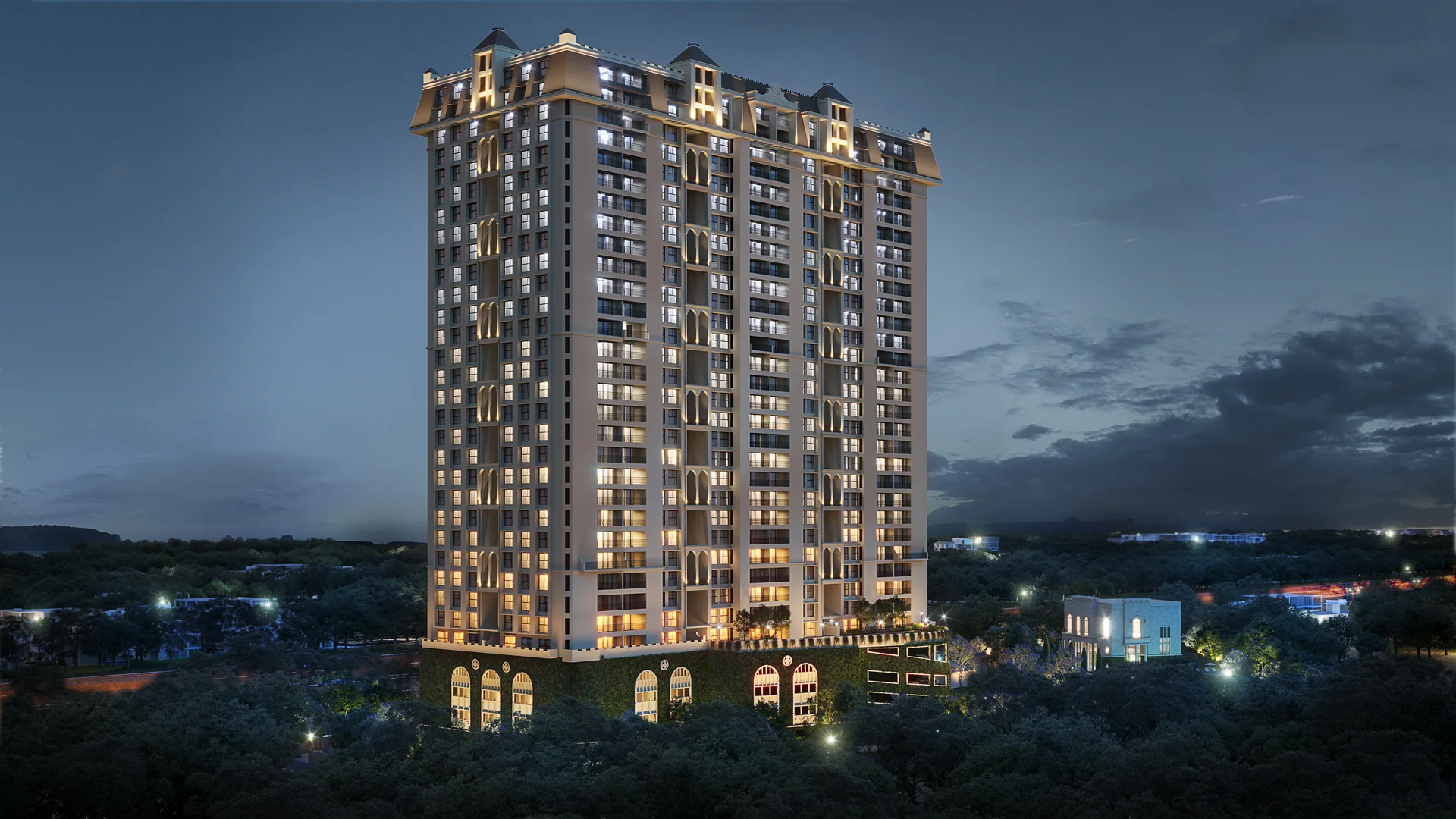Gurgaon is a city that has experienced
significant economic growth and urbanization over a short span of time,
transforming from a relatively unknown area into a bustling hub of commercial
and luxury activities. This transformation is marked by the presence of modern
amenities like shopping malls, golf courses, luxury shops, and multinational
corporations.
However, this rapid development has also
exposed the shortcomings and challenges in the city's infrastructure and
governance. Despite its outward appearance of prosperity, Gurgaon lacks crucial
basic public services such as a functional sewer and drainage system, reliable
electricity and water supply, adequate roads, sidewalks, parking, and public
transportation. These deficiencies underline the broader issue of India's
development model, where economic growth often outpaces the development of
supporting infrastructure and public services.
The passage also raises questions about the
sustainability of India's economic growth in the face of systemic challenges
such as corruption, inefficiency, and governmental dysfunction. Despite these
obstacles, India has managed to achieve impressive economic growth rates,
drawing attention to the complexities of balancing economic development with
the need for effective governance and social infrastructure.
Gurgaon's story serves as a microcosm of
the broader challenges and contradictions that arise when a developing country
experiences rapid urbanization and economic expansion. It prompts discussions
about the importance of inclusive growth, equitable distribution of resources,
and the role of governance and institutions in ensuring that economic
prosperity translates into improved living standards and quality of life for
all citizens.
